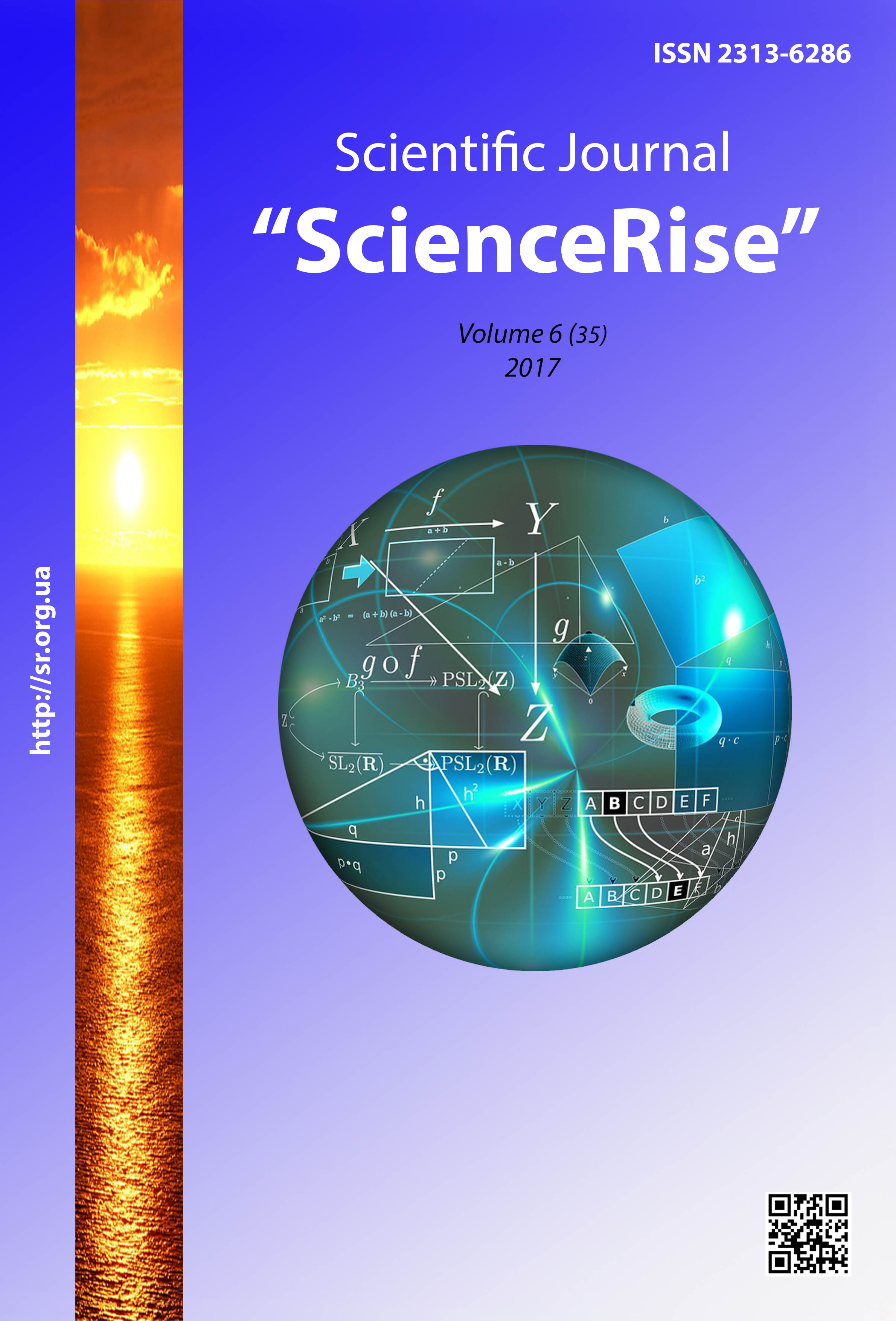Research of multi-function station complex as a new type of transport infrastructure in Ukraine
DOI:
https://doi.org/10.15587/2313-8416.2017.104742Keywords:
multifunctional station junction, transport infrastructure, typology, classification, architectural and planning organizationAbstract
The article deals with the current state of the transport infrastructure in Ukraine, as well as the ways of further development. The typology, classification and functional structure of railway station buildings are considered. Materials of scientific articles, monographs, electronic media covering various aspects of the investigated problem are used as information sources for the analysis of experience and prerequisites. The analysis of the backgrounds, information sources, domestic and foreign experience in the construction and reconstruction of stations has made it possible to formulate requirements for their architectural and planning organization
References
Posobie po proektirovaniyu vokzalov (k SNiP II-85-80) (1987). CNIIP gradostroitel'stva. Moscow: Stroyizdat, 13.
Rekomendacii po proektirovaniyu vokzalov (1997). Minstroy Rossii, CNIIP gradostroitel'stva. Moscow: GUP CPP, 60.
Rekomendacii po proektirovaniyu obshchestvenno-transportnyh centrov (uzlov) v krupnyh gorodah (1997). Moscow: CNIIP gradostroitel'stva, 35.
Golubev, G. E., Andzhelini, G. M., Modorov, A. F. (1967). Sovremennye vokzaly zheleznodorozhnogo rechnogo morskogo avtomobil'nogo i vozdushnogo transporta. Moscow: Stroyizdat, 207.
Batyrev, V. M. (1988). Vokzaly. Moscow: Stroyizdat, 214.
Vas'kin, A. A., Nazarenko, Yu. M. (2006). Chemodan. Vokzal. Moskva. Chego my ne znaem o devyati moskovskih vokzalah. Moscow: Kompaniya Sputnik, 214.
Zaharov, V. R. (2005). Formirovanie mnogofunkcional'noy sistemy obsluzhivaniya passazhirov v sovmeshchennyh vokzal'nyh kompleksah. GOU VPO gos. universitet upravleniya. Moscow, 161.
Vasil'ev, E. V., Shchetinin, N. N. (1967). Arhitektura zheleznodorozhnyh vokzalov. Moscow: Stroyizdat, 276.
Golubev, G. E. (1981). Mnogourovnevye transportnye uzly. Moscow: Stroyizdat, 152.
Gol'c, G. A. Transport i rasselenie (1981). Moscow: Nauka, 248.
Maksimenko, N. V. (1968). Obedinennye obshchestvenno-transportnye kompleksy. Moscow: CNTI po grazhdanskomu stroitel'stvu i arhitekture, 80.
Pravdin, N. P., Ryabuha, L. S., Lukashev, V. I. (1990). Tekhnologiya raboty vokzalov i passazhirskih stanciy. Moscow: Transport, 246.
Hayrullina, Yu. S. (2012). Istoricheskiy obzor otechestvennogo opyta formirovaniya gorodskih uzlovyh obektov zheleznodorozhnoy infrastruktury. Arhitekton: izvestiya vuzov, 40, 108–118. Available at: http://archvuz.ru/2012_4/12
Murunov, A. Yu. (2003). Novye tendencii v proektirovanii sovremennyh vokzal'nyh kompleksov. Strategicheskoe gorodskoe i regional'noe planirovanie. Samara: Samarskaya gos. arh.-stroit. akad., 118–122.
Downloads
Published
Issue
Section
License
Copyright (c) 2017 Valeria Dzhiovani, Valery Pavlovich

This work is licensed under a Creative Commons Attribution 4.0 International License.
Our journal abides by the Creative Commons CC BY copyright rights and permissions for open access journals.
Authors, who are published in this journal, agree to the following conditions:
1. The authors reserve the right to authorship of the work and pass the first publication right of this work to the journal under the terms of a Creative Commons CC BY, which allows others to freely distribute the published research with the obligatory reference to the authors of the original work and the first publication of the work in this journal.
2. The authors have the right to conclude separate supplement agreements that relate to non-exclusive work distribution in the form in which it has been published by the journal (for example, to upload the work to the online storage of the journal or publish it as part of a monograph), provided that the reference to the first publication of the work in this journal is included.

